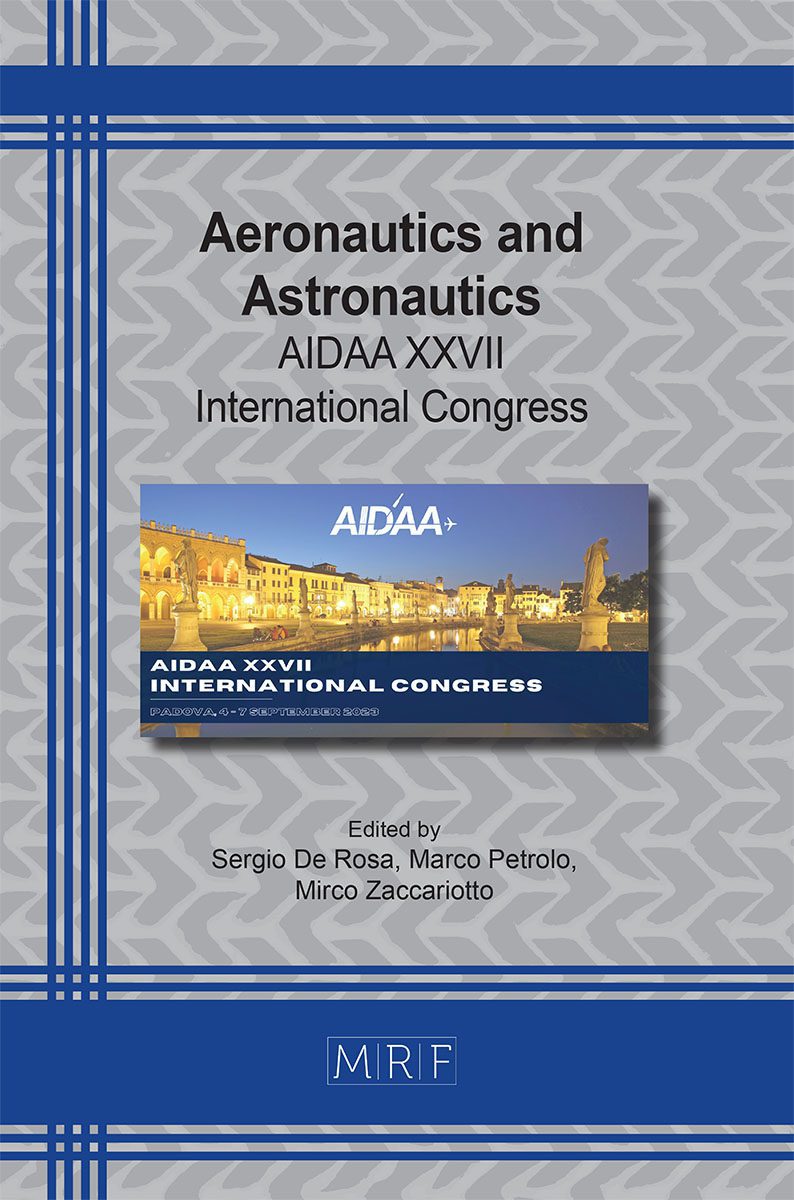Experimental application of pseudo-equivalent deterministic excitation method for the reproduction of a structural response to a turbulent boundary layer excitation
Giulia Mazzeo, Mohamed Ichchou, Giuseppe Petrone, Olivier Bareille, Francesco Franco, Sergio De Rosa
download PDFAbstract. The use of wind tunnels for studying the vibrational response of structures subjected to turbulent flows presents various challenges, such as background noise and complex setup requirements. This work introduces an alternative experimental method called X-PEDEm (eXperimental Pseudo-Equivalent Deterministic Excitation) that aims to reproduce an equivalent structural response to a Turbulent Boundary Layer (TBL) excitation without the need for a wind tunnel. X-PEDEm involves coupling the experimental acquisition of the structure’s vibrational response with deterministic forces, such as an impulse force from a hammer, followed by post-processing. The method has been validated for different boundary conditions and flow speeds, offering versatility in recreating various types of TBL. While not an exact reproduction of turbulent flow-induced responses, X-PEDEm provides an optimal approximation with low time and resource requirements, making it easy to implement experimentally.
Keywords
Turbulent Boundary Layer (TBL), Wall-Pressure Fluctuations (WPFs), Structural Vibrational Response, Deterministic Forces
Published online 11/1/2023, 4 pages
Copyright © 2023 by the author(s)
Published under license by Materials Research Forum LLC., Millersville PA, USA
Citation: Giulia Mazzeo, Mohamed Ichchou, Giuseppe Petrone, Olivier Bareille, Francesco Franco, Sergio De Rosa, Experimental application of pseudo-equivalent deterministic excitation method for the reproduction of a structural response to a turbulent boundary layer excitation, Materials Research Proceedings, Vol. 37, pp 736-739, 2023
DOI: https://doi.org/10.21741/9781644902813-157
The article was published as article 157 of the book Aeronautics and Astronautics
![]() Content from this work may be used under the terms of the Creative Commons Attribution 3.0 license. Any further distribution of this work must maintain attribution to the author(s) and the title of the work, journal citation and DOI.
Content from this work may be used under the terms of the Creative Commons Attribution 3.0 license. Any further distribution of this work must maintain attribution to the author(s) and the title of the work, journal citation and DOI.
References
[1] G. M. Corcos, Resolution of Pressure in Turbulence, J. Acoust. Soc. Am. 35, 192–199 (1963). https://doi.org/10.1121/1.1918431
[2] S. De Rosa, F. Franco, Exact and numerical responses of a plate under a turbulent boundary layer excitation, J. Fluids Struct. 24, 212-230 (2008). https://doi.org/10.1016/j.jfluidstructs.2007.07.007
[3] M. Aucejo, L. Maxit, J.-L. Guyader, Experimental simulation of turbulent boundary layer induced vibrations by using a synthetic array, J. Sound Vib. 331, 3824-3843 (2012). https://doi.org/10.1016/j.jsv.2012.04.010
[4] O. Robin, A. Berry, S. Moreau, Experimental Synthesis of Spatially-Correlated Pressure Fields for the Vibroacoustic Testing of Panels. In: E. Ciappi, S. De Rosa, F. Franco, J.-L. Guyader, S. Hambric (Eds), Flinovia – Flow Induced Noise and Vibration Issues and Aspects, Springer, Cham. 2015. https://doi.org/10.1007/978-3-319-09713-8_8
[5] S. De Rosa, F. Franco, E. Ciappi, A simplified method for the analysis of the stochastic response in discrete coordinates, J. Sound Vib. 339, 359-375 (2015). https://doi.org/10.1016/j.jsv.2014.11.010
[6] G. Mazzeo, M. Ichchou, G. Petrone, O. Bareille, S. De Rosa, F. Franco, Pseudo-equivalent deterministic excitation method application for experimental reproduction of a structural response to a turbulent boundary layer excitation, J. Acoust. Soc. Am. 152, 1498–1514 (2022). https://doi.org/10.1121/10.0013424































